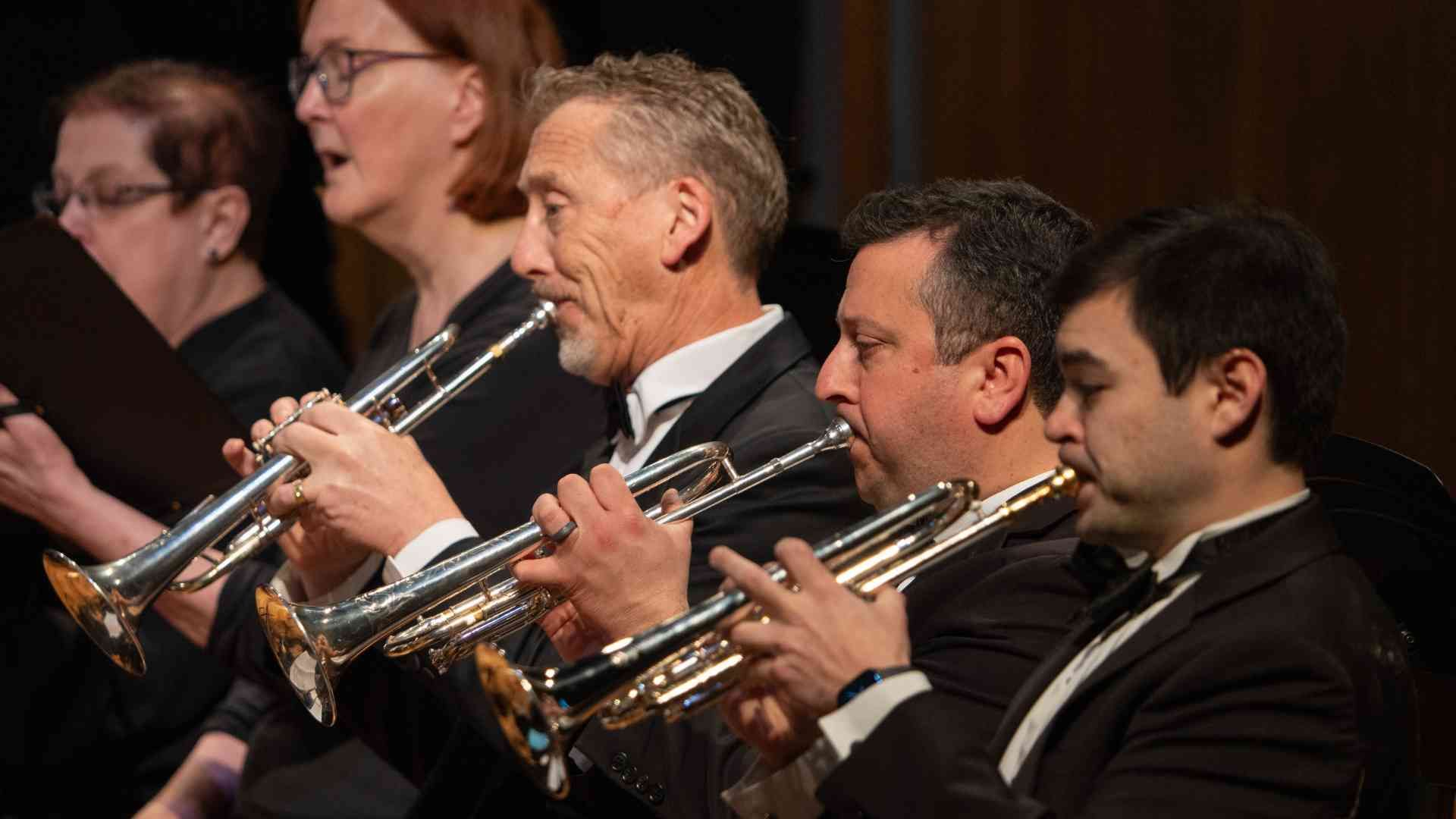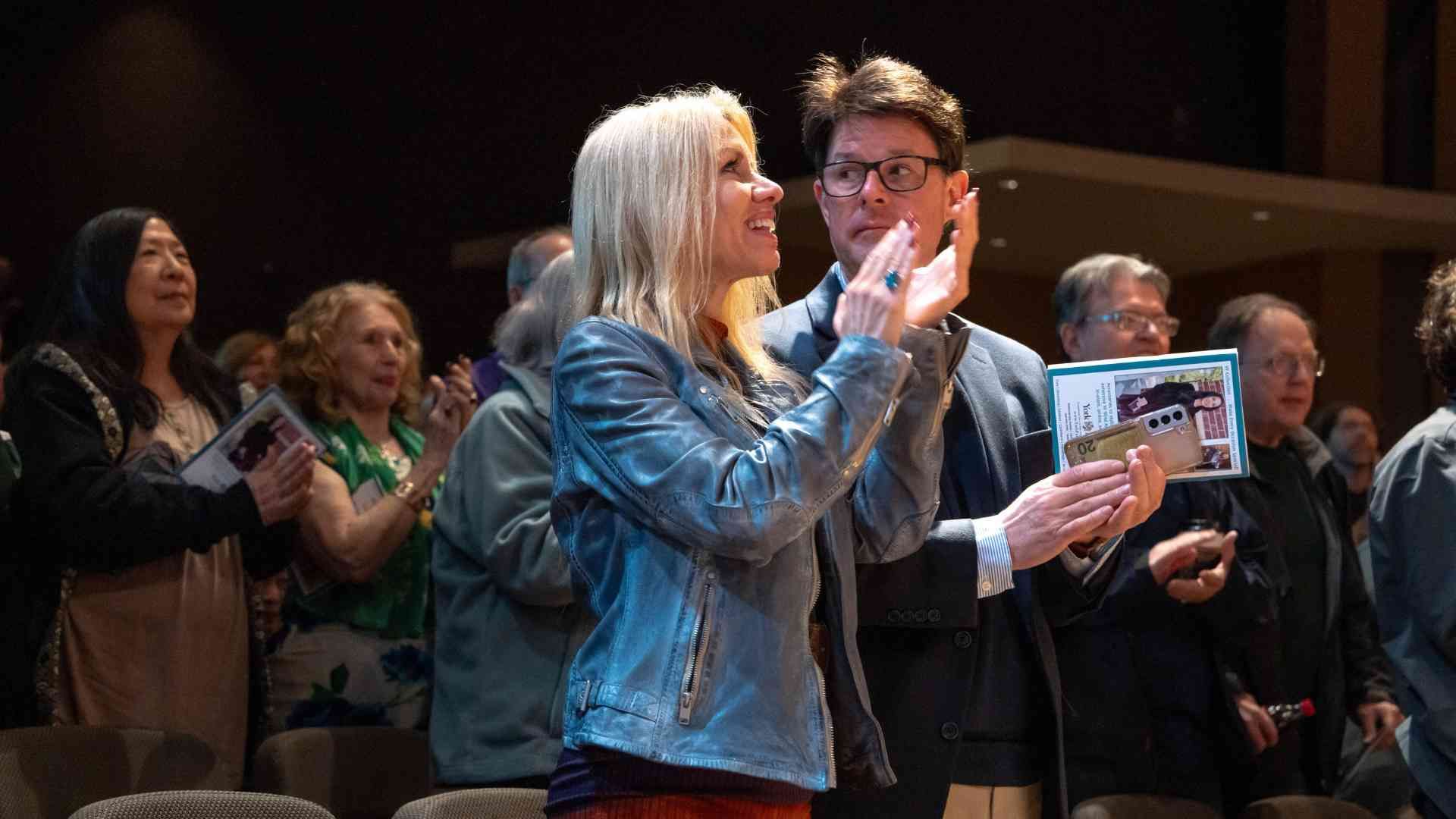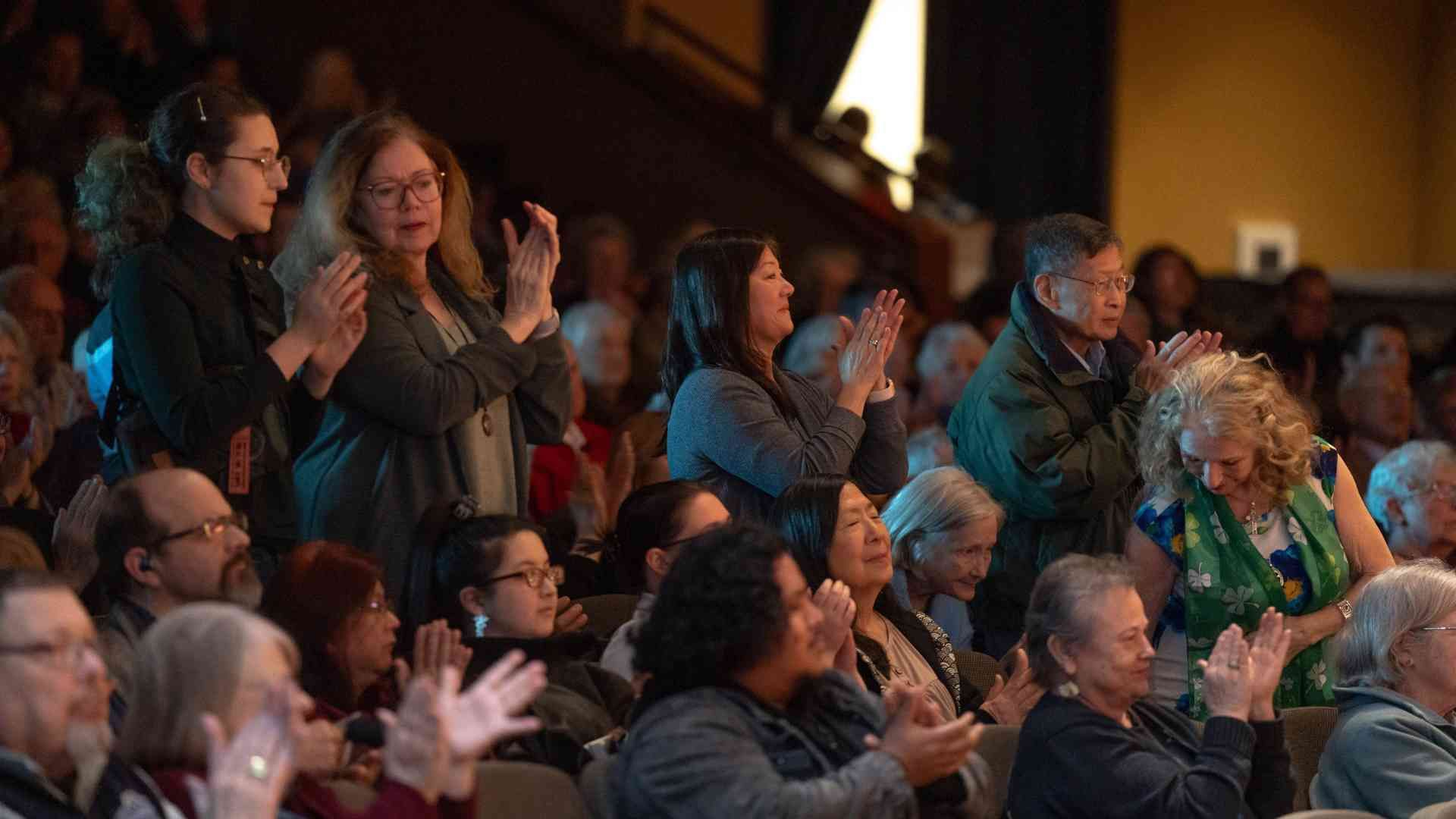Symphony 101
The Basics of Classical Music
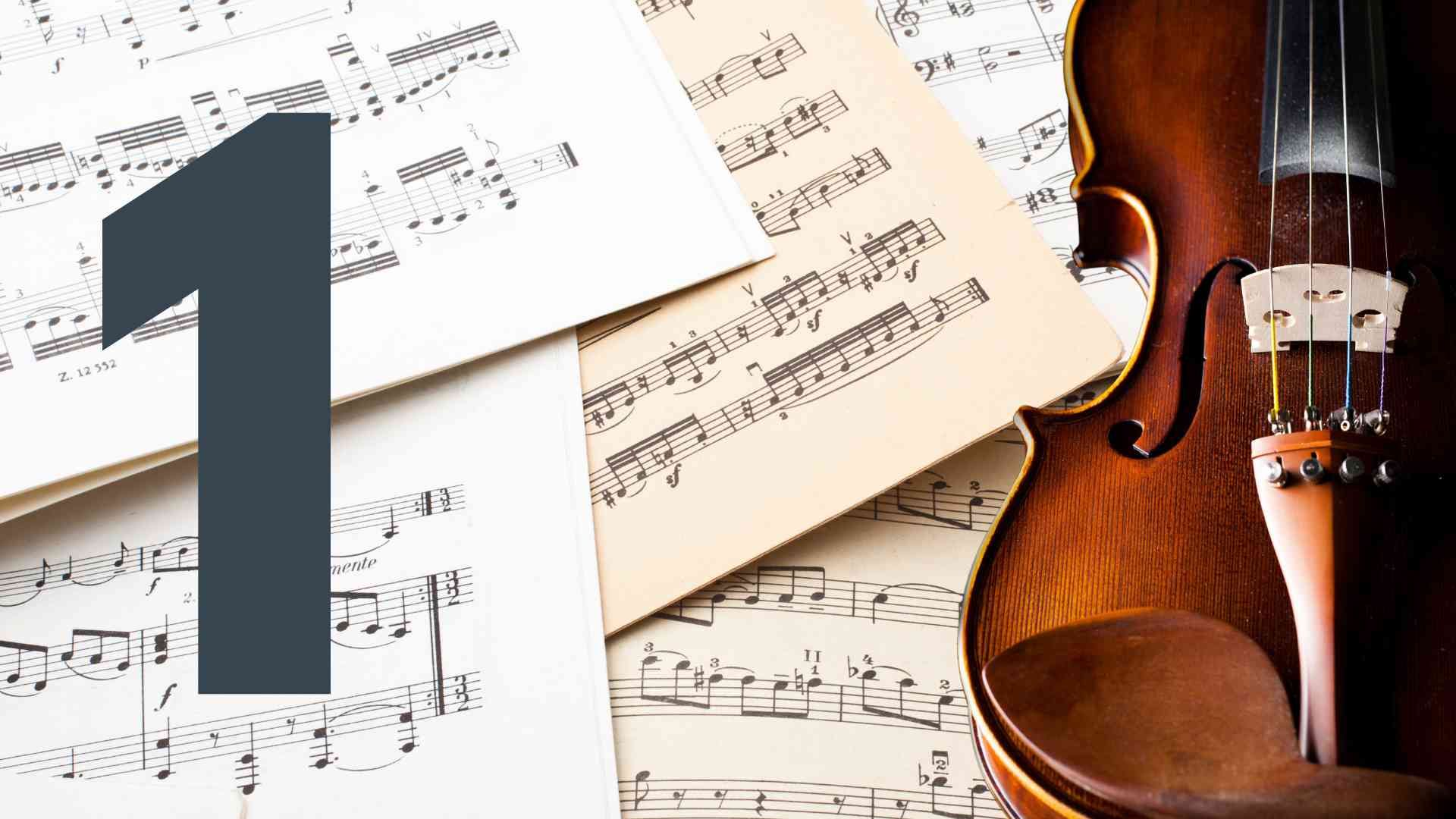
What is classical music?
The term "classical music" usually refers to Western art music, music which is not considered folk music or popular ("pop") music. It is often formally complex (that's 'formal' in the structural sense, not the social sense) and generally, but not always, classical music is performed without the amplification of microphones and speakers. Classical music is a very broad term, which encompasses hundreds of years of music history, thousands of different composers, and countless pieces.

What's the difference between a Symphony, an Orchestra, and a Philharmonic?
- Symphony
(noun,
symphonies)
A large-scale musical composition, usually with three or four (or more) movements - Orchestra
(noun,
orchestras)
A group of performers on various musical instruments, typically including string instruments, woodwinds, brass, and percussion - Symphony Orchestra (noun,
symphony orchestras)
An orchestra which performs symphonies and other classical music, sometimes just called a "symphony" for short - Philharmonic
(adjective)
Fond of or devoted to music; music-loving. The term is commonly used to differentiate between multiple orchestras operating in the same city (the Chicago Symphony Orchestra and the Chicago Philharmonic Orchestra are totally different organizations, for example).

What are the different types of pieces?
Orchestras like the Elmhurst Symphony Orchestra perform lots of different types of pieces of classical music. The most common types are:
- Symphony: an elaborate musical composition for full orchestra, typically in four movements
- Concerto: a musical composition for a solo instrument(s) accompanied by an orchestra (pronounced con-CHAIR-toe)
- Prelude: an introductory piece of music, most commonly an orchestral opening to an act of an opera or the first movement of a suite
- Overture: an orchestral piece at the beginning of an opera, suite, play, ballet, or other extended piece
- Suite: a set of instrumental compositions, originally in dance style, to be played in succession
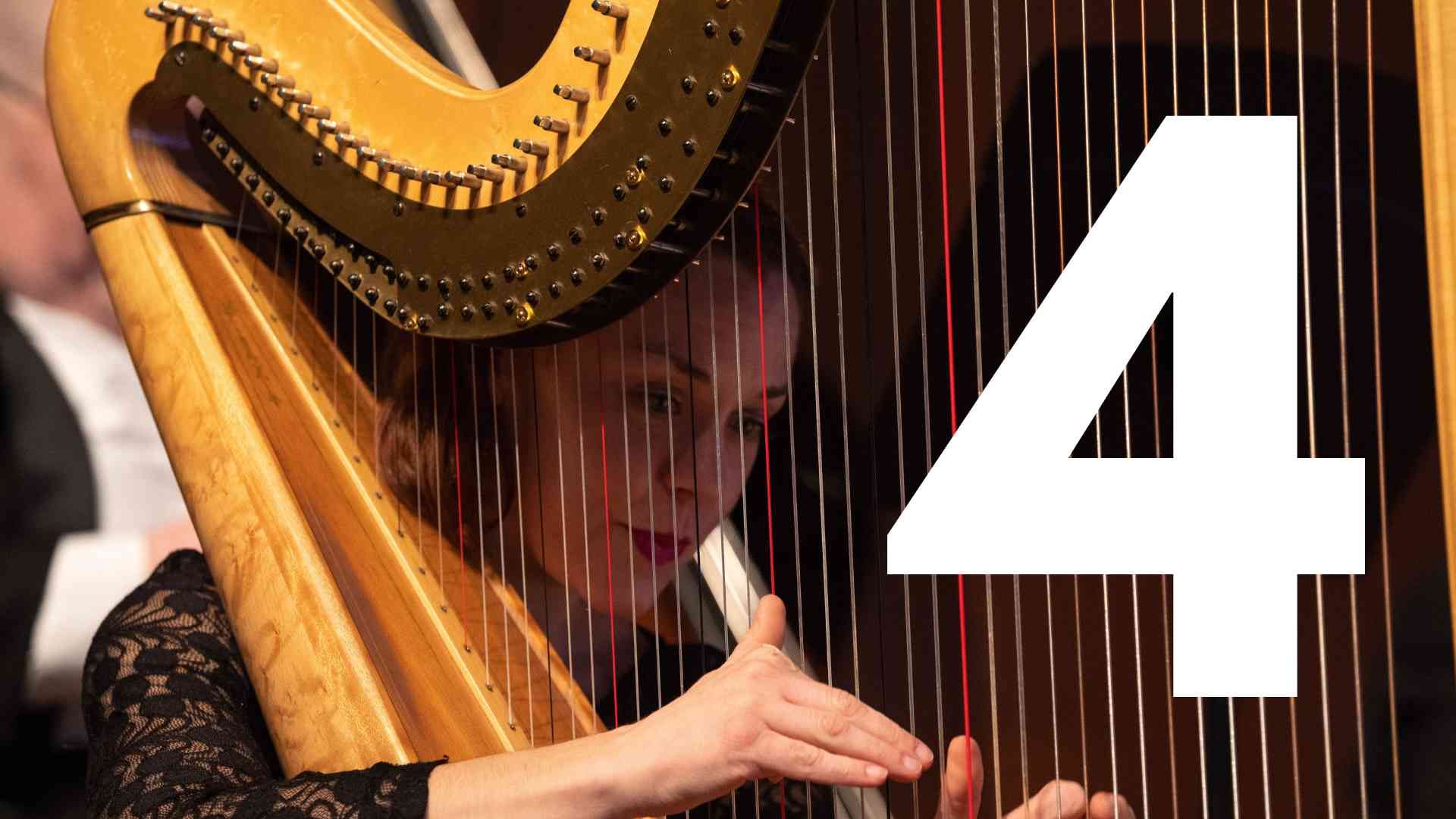
What are movements?
Think of movements like chapters of a book. They are individual sections of a larger, more complicated piece of classical music like a symphony or concerto. Even though movements make up even larger and more complex pieces of classical music, they can be fairly complex in their own right. Because of this, symphony orchestra's often take a short break in between movements.
And, like chapters in a book, movements typically have headers or titles, often in Italian or German, and these titles (when translated) give you a good sense of the
vibe
of each movement.
For example, the famous Symphony No. 5 by Ludwig von Beethoven is divided into four movements:
- Allegro con brio (Fast with dashing energy)
- Andante con moto (A calm, walking-pace)
- Scherzo: Allegro (Playful)
- Allegro – Presto (Fast, then even faster)
A Note About Clapping: Knowing your way around movements in classical music is good, because applause is typically held until the end of the entire piece of music (clap at the end of the book, not the end of every chapter). Read more about When to Clap at the Symphony.

Want to learn more?
Elmhurst Symphony Orchestra Assistant Conductor Eli Chen (pictured) gives pre-concert talks starting one hour and fifteen minutes prior to most concerts. Pre-concert talks are open to all ticket holders, and dive into the music being played that day.

